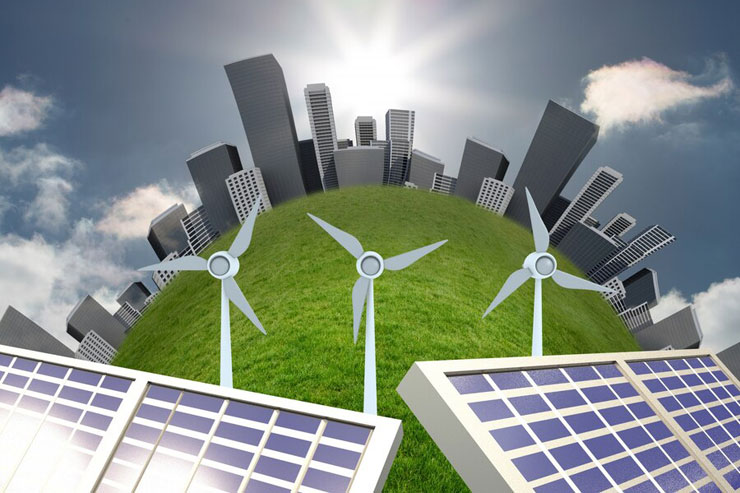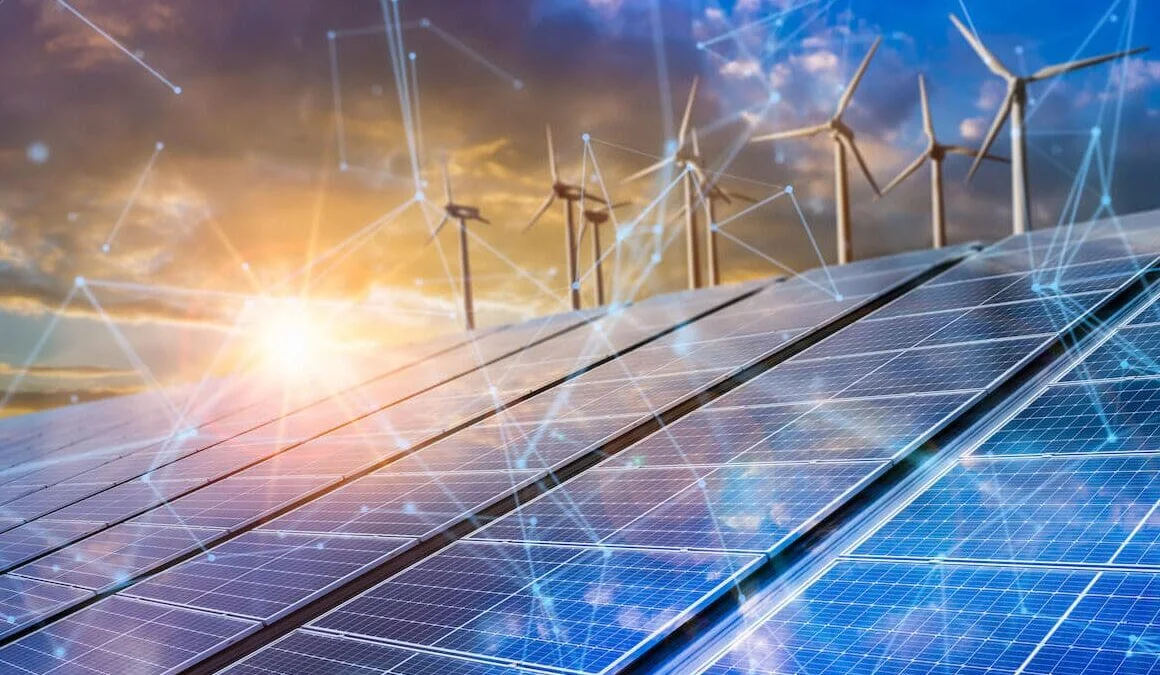The renewable energy is experiencing an unprecedented transformation as we advance through 2025, with groundbreaking technologies poised to revolutionize how the world generates, stores, and distributes clean power. With renewable electricity expected to surpass coal as the world’s leading energy source this year, marking a historic turning point in the global fight against climate change, the momentum behind clean energy innovation has never been stronger.
Investment in the clean energy transition reached a staggering $2.1 trillion in 2024, with Asia leading the charge by adding a record-breaking 450,000 megawatts of new capacity. This massive financial commitment reflects not just environmental consciousness but also economic pragmatism, as solar energy has become the cheapest energy source in many regions, with solar panel prices falling by 66% over the past two years and battery prices dropping by 58% in just the last year.
The convergence of artificial intelligence, advanced materials science, and innovative engineering approaches is creating opportunities that seemed impossible just a decade ago. From floating solar farms that harness the cooling effects of water bodies to enhance efficiency, to perovskite solar cells that have achieved over 25% efficiency while maintaining affordability, the technological breakthroughs emerging in 2025 are setting the stage for a complete energy system overhaul. These innovations aren’t just incremental improvements—they represent fundamental shifts in how we think about energy production, storage, and consumption, promising to make renewable energy more accessible, reliable, and cost-effective than ever before.
Next-Generation Solar Technologies
Perovskite Solar Cells Leading the Revolution
Perovskite solar cells are transforming the solar industry with dramatic efficiency gains that rival traditional silicon panels. These revolutionary cells have advanced from just 3% efficiency in 2009 to over 25% today, with tandem solar cells combining perovskite and silicon layers achieving efficiency rates above 30%. This breakthrough surpasses the theoretical limits of silicon-only technology, opening new possibilities for solar energy generation.
The lightweight and flexible nature of perovskite cells enables integration into windows, rooftops, and portable devices, expanding solar applications beyond traditional installations. Despite stability challenges related to moisture and heat exposure, researchers are developing protective encapsulation layers and improved materials to address these concerns.
Floating Solar Farms Expanding Rapidly
Floating photovoltaic systems are gaining significant traction as an innovative solution to land scarcity issues. The installed capacity of floating solar has grown from 3 GW in 2020 to 13 GW in 2022, with projections indicating continued expansion. These systems benefit from the natural cooling effect of water, which enhances panel efficiency while reducing land use conflicts.
The World Bank estimates that using just 10% of suitable water surfaces for floating solar could generate over 4,000 GW of power capacity, demonstrating the enormous potential of this technology.
Advanced Energy Storage and Green Hydrogen

Battery Technology Breakthroughs
Advanced energy storage solutions, including lithium-ion batteries, solid-state batteries, and flow batteries, are addressing the intermittent nature of renewable sources like solar and wind. Grid-scale battery storage projects are becoming increasingly common, providing backup power and grid stability essential for renewable energy integration.
Green Hydrogen Production: Scaling Up
Green hydrogen is emerging as a zero-carbon fuel for sectors difficult to electrify, such as heavy industry and long-haul transportation. Between 2020 and 2024, green hydrogen projects reached 434 final investment decisions, with investments growing from $10 billion to $75 billion. China leads global electrolyzer manufacturing, accounting for 60% of production capacity.
AI Integration and Smart Grid Management
Artificial intelligence is revolutionizing renewable energy through enhanced forecasting and grid planning capabilities. AI-based trading applications can mitigate risks associated with generation discrepancies of up to 700% between forecast and actual output. Machine learning algorithms are enabling more accurate weather and generation forecasting, facilitating automated trading strategies and improved price predictions.
Companies like Google’s DeepMind are already using AI platforms to predict wind energy output, allowing for better grid integration. Southern California Edison has partnered with NVIDIA to create AI-driven grid planning tools aimed at improving resilience and maintenance.
Emerging Technologies and Future Outlook
Geothermal and Offshore Wind Expansion
Advanced geothermal technologies are unlocking previously untapped energy resources through innovative drilling techniques to extract heat from deep, dry rock formations. Meanwhile, offshore wind expansion, particularly floating wind turbines in deep waters, is capturing stronger and more consistent winds for higher energy yields.
Nuclear Renaissance and Integration
A significant shift in attitudes toward nuclear energy has created momentum for a nuclear renaissance, with small modular reactors and fusion presenting advanced options for clean baseload power. This nuclear revival complements renewable technologies in creating a comprehensive clean energy ecosystem.
The future of renewable energy technology promises a diverse, integrated approach where no single solution dominates. Instead, a sophisticated mix of solar, wind, storage, hydrogen, and advanced nuclear technologies will work together to create a resilient, clean energy system capable of meeting growing global demand while addressing climate change challenges.




